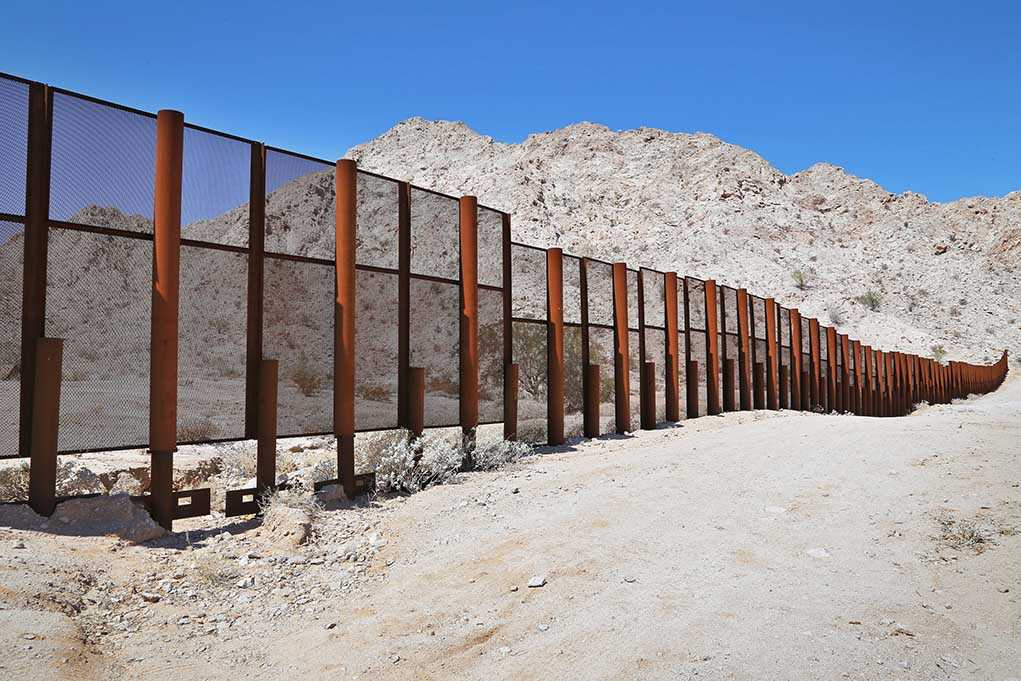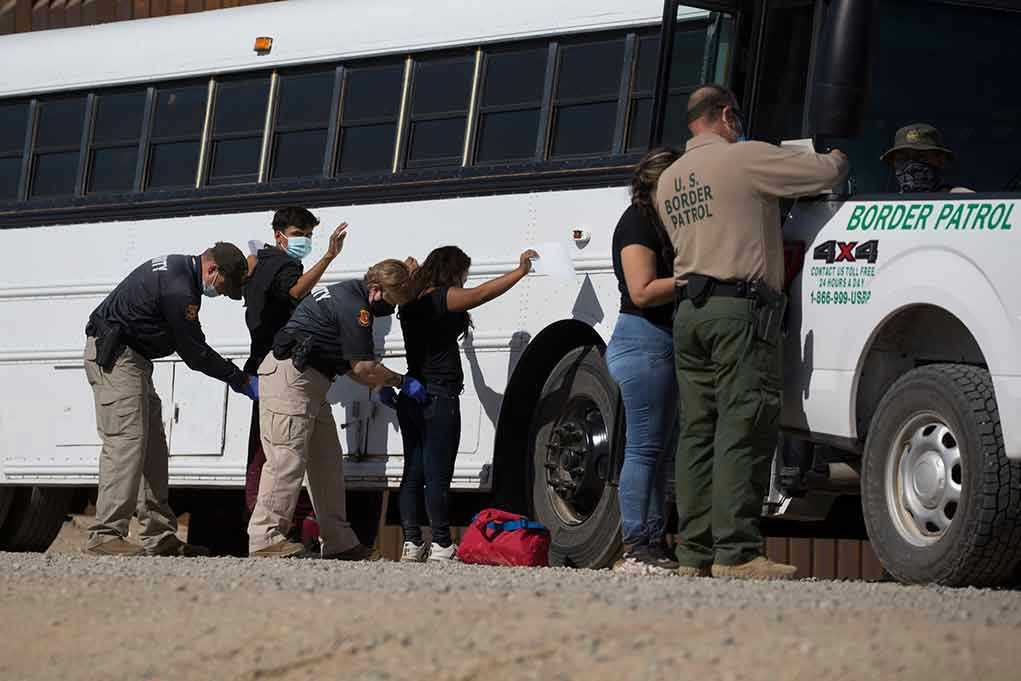
When the federal government has to deploy 17 miles of floating barriers in the Rio Grande to make up for years of failed border policies, you know the so-called “secure border” narrative is a joke—and the joke’s on the American taxpayer.
At a Glance
- DHS announced a 17-mile floating barrier in Texas’s Rio Grande Valley to deter illegal crossings and drug smuggling.
- Trump administration’s action follows years of legal battles and ineffective federal enforcement.
- The project bypasses environmental regulations with a federal waiver, escalating the battle between state and federal authorities.
- Billions in taxpayer dollars are now flowing to border security infrastructure after years of government overreach and spending on failed social programs for illegal migrants.
Trump Administration Turns Back the Tide—Literally—at the Border
Just when you thought we’d maxed out on government absurdity, the Department of Homeland Security has decided that floating buoys are now the front line of American sovereignty. The Trump administration isn’t just talking about border security—they’re dropping 17 miles of floating barriers right in the Rio Grande in Cameron County, Texas, a region notorious for illegal crossings, drug smuggling, and human trafficking. This is the first time the feds have gone for a floating wall. Apparently, the bar for “operational control” has dropped so low, we’re now resorting to pool toys to keep the flood of illegals and contraband at bay. You can thank years of leftist policy failures for that mess.
Governor Abbott tried something similar in Eagle Pass last year, but the Biden administration and activist judges swooped in, demanding barriers be pulled down because of “navigable waters” and “environmental concerns.” You know, the same environmental concerns that magically disappear when it’s time to bulldoze farmland for wind turbines or hand out housing to border crossers. Now, with the Trump administration back in the driver’s seat, DHS Secretary Kristi Noem has signed off on a regulatory waiver that lets them skip all the red tape. Translation: The needs of our citizens and border agents finally trump the feelings of bureaucrats and protestors in Washington and San Francisco.
Billions More for Border Security After Decades of Waste
Here’s where it gets even richer: Congress just earmarked another $10 billion for border barriers and $3.5 billion for state and local reimbursements tied to immigration enforcement. Texas alone has poured over $11 billion into its own operation to do the job the feds should have been doing all along. Meanwhile, the Trump administration has rightly paused—and wants to eliminate entirely—grants that hand out taxpayer dollars to help new arrivals settle in, while our own citizens get left behind. Imagine that: the American government, for a change, prioritizing actual Americans. It’s almost as if national sovereignty and family stability matter more than endless handouts to people who broke the law to get here.
The Parliamentarian even had to step in and clarify that only the feds—not states—can arrest non-citizens, because apparently protecting the border is too important to be left up to anyone actually living near it. After the legal wrangling, the Senate bill still includes funding for states, but with a mountain of fine print. So, we’re left with a border policy where the states do the heavy lifting, the feds write the checks, and the left screams “racism” every time someone tries to enforce the law. Welcome to the new normal.
Leftist Hand-Wringing Meets Iron-Clad Reality
The new waterborne barrier is scheduled for contract awards before the end of September 2025. DHS claims it will “eliminate a capability gap,” which is a polite way of admitting the border’s been a sieve for years. CBP officers will finally have a physical tool to back up all those empty promises about “operational control.” But don’t expect the activist class to go quietly: lawsuits are already in the works over environmental impacts, river access, and—of course—the “rights” of people who have no legal reason to be here in the first place.
Let’s be clear: these barriers are a direct response to the disaster unleashed by years of open-border policies, virtue-signaling, and bureaucratic dithering. While DHS and law enforcement cheer the new tools, environmental and humanitarian groups are already crying foul, warning of ecosystem damage and increased risks for migrants. Because, in their world, the only thing worse than a wide-open border is actually enforcing it. Maybe, just maybe, if leftist policymakers had spent less time worrying about “optics” and more time backing our border agents, we wouldn’t be floating 17-mile-long reminders of their failure down the Rio Grande.
Sources:
American Immigration Council: House Reconciliation Bill Immigration Border Security
White House: Securing Our Borders












